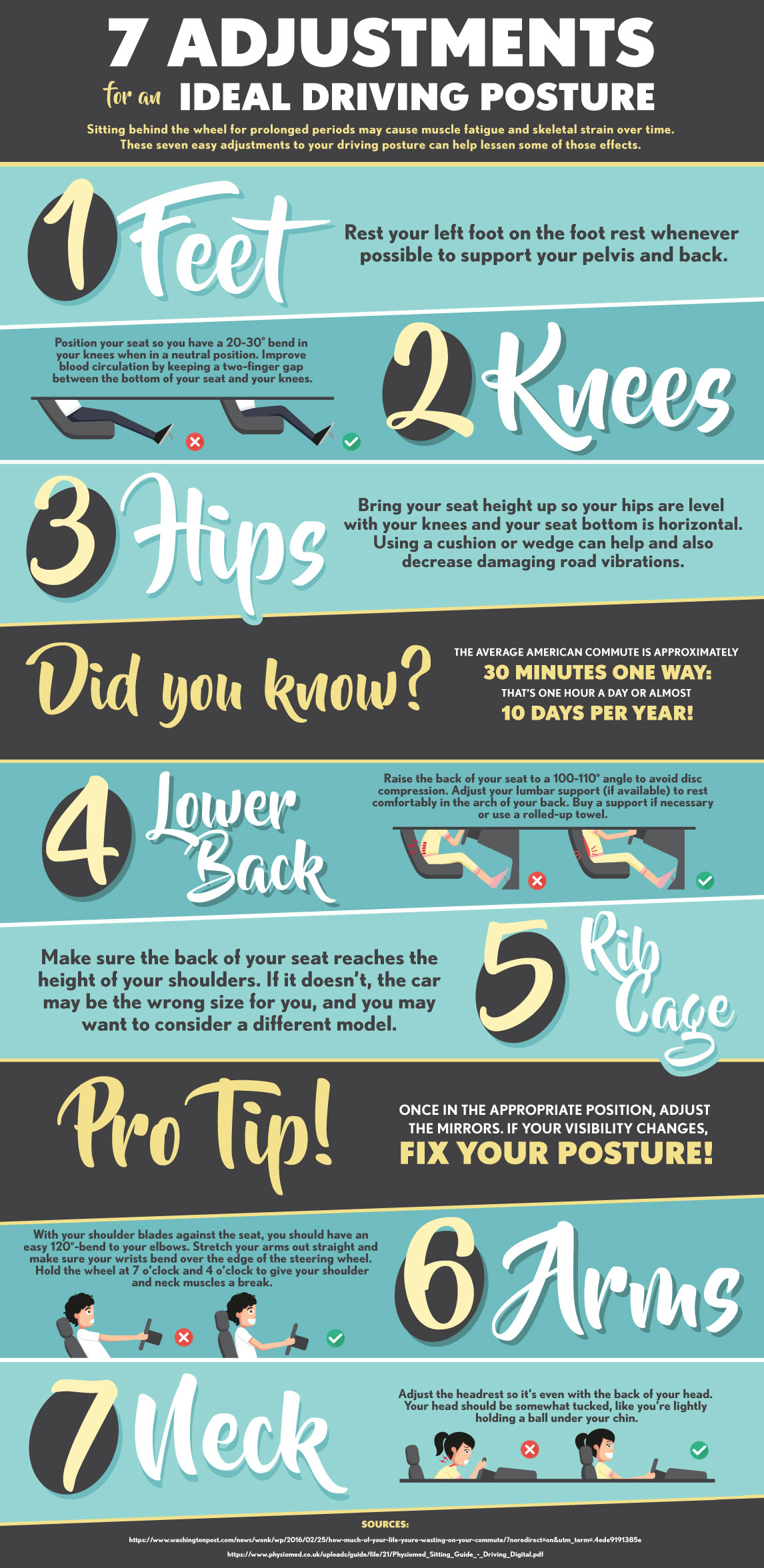The Impact Of Stance On Back Pain: Guidelines For Maintaining Great Placement Throughout Your Everyday Routine
The Impact Of Stance On Back Pain: Guidelines For Maintaining Great Placement Throughout Your Everyday Routine
Blog Article
Short Article Composed By-Houghton Mcgowan
Maintaining proper position isn't just about staying up right; it has to do with aligning your body in a manner that sustains your back and minimizes the danger of neck and back pain. The way you sit, stand, and move throughout the day can considerably influence your spine wellness. But just how specifically can you make sure good alignment constantly, even during busy days loaded with different tasks? Allow's dig deeper right into the subtle yet impactful changes you can make to your everyday routine to keep your back happy and healthy and balanced.
Significance of Correct Stance
Correct stance is important in maintaining a healthy back and avoiding discomfort. When you rest or stand with good stance, your spinal column remains in positioning, reducing strain on your muscular tissues, ligaments, and joints. This placement allows the body to disperse weight uniformly, preventing too much stress and anxiety on certain locations that can lead to pain and pain. By keeping your spinal column properly lined up, you can additionally boost your breathing and digestion, as slouching can press organs and restrict their capability.
In Learn Additional , preserving excellent position can boost your overall appearance and self-esteem. When you stand tall with your shoulders back and head held high, you show self-confidence and appear more friendly. can a chiropractor prescribe medication can also make you feel much more energized and sharp, as it advertises appropriate blood circulation and allows your muscles to work efficiently.
Integrating correct pose right into your everyday routine, whether resting at a desk, walking, or working out, is necessary for avoiding back pain and promoting total health. Keep in mind, a small change in just how you hold yourself can make a substantial distinction in how you really feel and function throughout the day.
Common Postural Mistakes
When it pertains to keeping good stance, many individuals unwittingly make typical mistakes that can add to back pain and pain. Among the most prevalent mistakes is slumping over or hunching over while resting or standing. This placement puts extreme stress on the spinal column and can cause muscular tissue discrepancies and discomfort in the long run.
An additional typical error is overarching the lower back, which can squash the all-natural contour of the back and trigger discomfort. Furthermore, going across legs while sitting might really feel comfortable, however it can develop an inequality in the hips and pelvis, leading to postural problems.
Making use of a pillow that's as well soft or too firm while resting can also impact your placement and add to pain in the back. Lastly, frequently craning your neck to consider displays or adjusting your setting regularly can strain the neck and shoulders. Being mindful of these usual postural mistakes can assist you keep far better positioning and lower the danger of pain in the back.
Tips for Correcting Placement
To enhance your positioning and lower pain in the back, it's vital to focus on making small modifications throughout your day-to-day regimen. Beginning by being mindful of your pose. When resting, ensure https://whenshouldyouseeachiropra28395.blogoscience.com/36795070/the-importance-of-position-in-neck-discomfort-management-strategies-for-maintaining-proper-placement-during-daily-activities are level on the floor, your back is straight, and your shoulders are unwinded. Avoid slouching or leaning to one side. Use ergonomic chairs or pillows to support your lower back.
When standing, disperse your weight uniformly on both feet, maintain your knees a little curved, and embed your hips. Engage your core muscular tissues to sustain your back. Take breaks to stretch and walk around if you have a less active work. Incorporate exercises that strengthen your core and back muscle mass, such as planks or bridges.
While resting, make use of a pillow that sustains the all-natural curve of your neck to keep correct back positioning. Stay Suggested Online site of sleeping on your belly, as it can stress your neck and back. By being mindful of these tips and making small adjustments, you can slowly remedy your placement and relieve pain in the back.
Final thought
Remember, keeping great posture is key to avoid pain in the back and promoting spine wellness. By bearing in mind your placement, dispersing weight equally, and engaging your core muscle mass, you can decrease strain on your back and reduce the risk of discomfort and injury. Integrate ergonomic support, take routine breaks to stretch, and enhance your core and back muscular tissues to maintain proper placement throughout the day. Your back will thank you for it!
